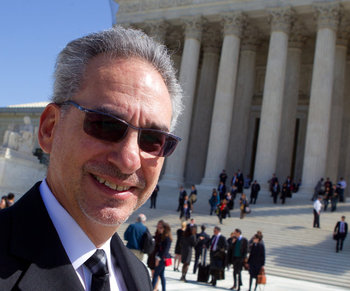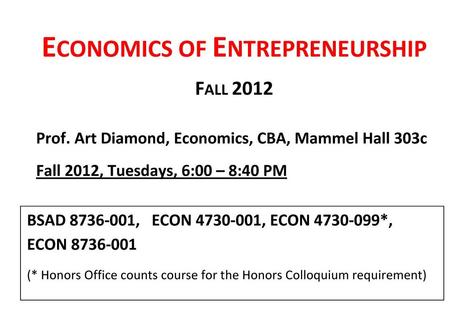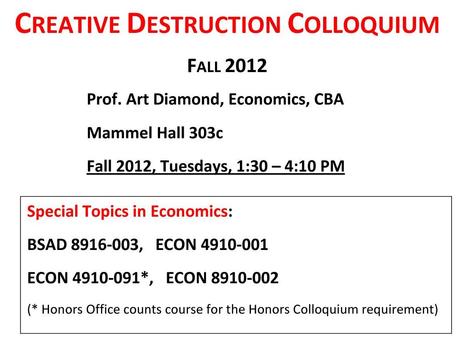“Randy E. Barnett has argued against the health care law.” Source of caption and photo: online version of the NYT article quoted and cited below.
(p. A1) WASHINGTON — When Congress passed legislation requiring nearly all Americans to obtain health insurance, Randy E. Barnett, a passionate libertarian who teaches law at Georgetown, argued that the bill was unconstitutional.
. . .
. . . over the past two years, through his prolific writings, speaking engagements and television appearances, Professor Barnett has helped drive the question of the health care law’s constitutionality from the fringes of academia into the mainstream of American legal debate and right onto the agenda of the United States Supreme Court.
. . .
. . . the challenge championed by Professor Barnett: that Congress’s power to set rules for commerce does not extend to regulating “inactivity,” like choosing not to be insured.
. . .
(p. A14) He is a fierce advocate of economic freedom who is accustomed to being a legal underdog. In 2004, in his first (and, he says, probably his last) appearance before the Supreme Court, he argued that Congress could not criminalize the production of home-grown marijuana for personal medical use. There again, critics said he would lose 8 to 1. He did lose, but took satisfaction in the actual vote, 6 to 3.
. . .
Professor Barnett’s work on the health care law fits into a much broader intellectual project, his defense of economic freedom. He has long argued that the Supreme Court went too far in upholding New Deal economic laws — a position that concerns his liberal critics.
Even a close friend and fellow Georgetown law professor, Lawrence B. Solum, says that Professor Barnett is aware of the “big divide between his views and the views of lots of other people,” and that his political philosophy is “much more radical” than his legal argument in the health care case. Professor Barnett, for his part, insists that if the health law is struck down, it will not “threaten the foundation of the New Deal.” But, he allowed, it would be “a huge symbolic victory for limited government.”
For the full story, see:
SHERYL GAY STOLBERG and CHARLIE SAVAGE. “Libertarian’s Pet Cause Reaches Supreme Court.” The New York Times (Tues., March 27, 2012): A1 & A14.
(Note: ellipses added.)
(Note: the online version of the story is dated March 26, 2012 and has the title “Vindication for Challenger of Health Care Law.”)




